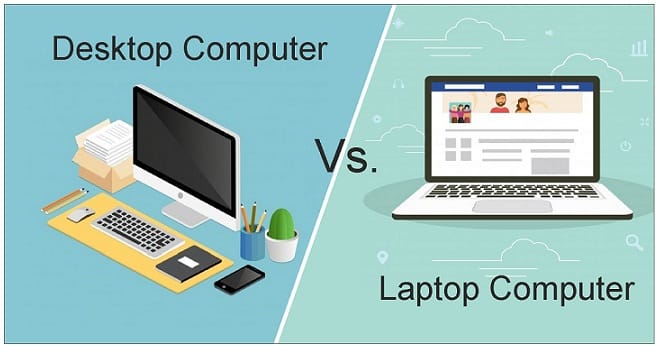Selecting the Best Option for Your Design Work: Workstations vs. Laptops

Ever try running a demanding application on a computer that just wasn't built for it? It's like trying to drive a sports car through mud - sure, it might move, but it won't be a smooth ride.
The same goes for computers! When it comes to running powerful design software like Solidworks, you need the right tool for the job. This article will steer you clear of confusion and help you pick the perfect machine between workstations and laptops.
Workstations: Powerhouses for Design Professionals
Imagine a computer specifically designed to handle complex engineering tasks, 3D animation, and video editing. That's a workstation in a nutshell. These machines boast:
- High-performance processors: Multiple cores for tackling demanding programs simultaneously.
- Blazing-fast storage: Solid-state drives (SSDs) for lightning-quick loading times and data access.
- Top-notch graphics cards: Delivering smooth visuals and handling intricate 3D models with ease.
- Error-correcting memory (ECC): Ensuring data integrity for crucial projects.
- Multiple hard drive configurations (RAID): Protecting your work from data loss.
Workstations are the ideal choice for professionals who need unparalleled performance. They're the workhorses of the design industry, built to handle heavy workloads without breaking a sweat.
Laptops: Portability with Limitations
Laptops offer the freedom to work from anywhere. But, when it comes to raw power, they can't compete with workstations.
However, there are some powerful laptops, often called mobile workstations, that bridge the gap. These laptops pack a punch with features like:
- Powerful processors: While not quite as strong as desktop counterparts, they can handle many design tasks.
- Solid-state drives: For faster performance compared to traditional hard drives.
- Dedicated graphics cards: Offering better visuals than standard laptops.
Mobile workstations are a great option for students or professionals who need some portability without sacrificing too much power.
So, Which One Should You Choose?
It all boils down to your needs. Here's a quick guide:
- Students and casual users: A standard laptop with decent specs should suffice for basic design work.
- Design professionals: A workstation is the clear winner for heavy-duty tasks and top-tier performance.
- Professionals who need portability: A mobile workstation offers a good balance between power and portability.
Beyond the Basics: Choosing the Right Specs
Once you've decided on a workstation or laptop, it's time to delve into the specifics. Here are some key factors to consider:
- Processor clock speed: Higher clock speeds generally translate to faster performance.
- RAM (memory): More RAM allows you to run multiple programs simultaneously without slowdowns.
- Graphics card (GPU): A dedicated GPU is essential for rendering and handling complex visuals. Opt for a workstation-grade GPU for optimal performance.
- Storage: SSDs offer superior speed, while traditional hard drives provide more storage space. Consider your needs and budget when choosing.
The Final Lap
Choosing the right computer is an investment in your design workflow. By understanding the strengths and limitations of workstations and laptops, you can select the machine that perfectly suits your needs and budget. Now, hit the gas and get ready to create amazing designs!

